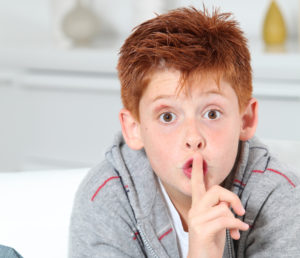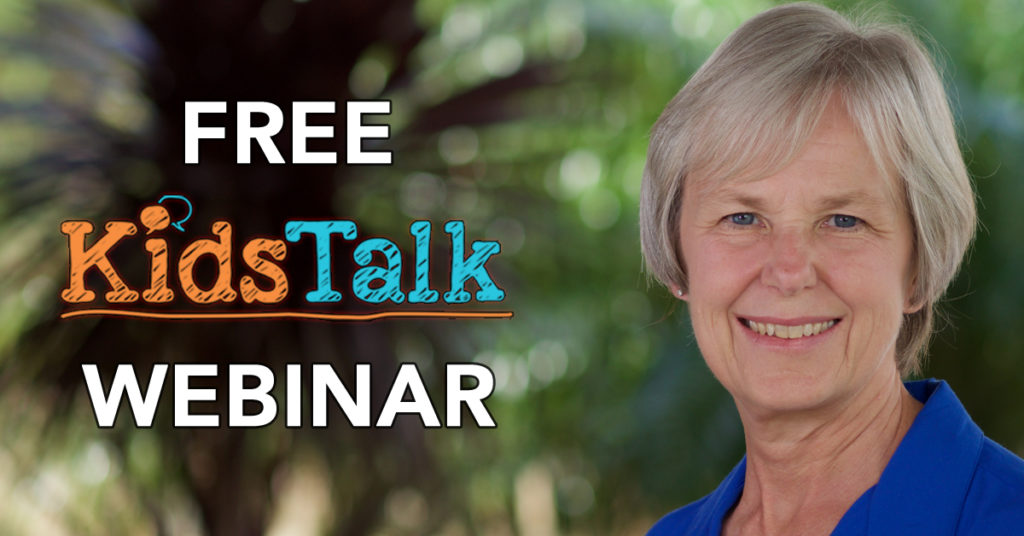
Do Be Do Be Do. We get so busy doing that we neglect to stop and consider our being.
A quote from Kurt Vonnegut reminds me of that innate human need to maintain balance between doing and being.
“To be is to do – Socrates
To do is to be – Sartre
Do Be Do Be Do – Sinatra”
When we get the balance between do and be, life is improvisational.
Doing gives us experience. Being helps us take the time to assimilate all that we have learned through doing. Taking the time to reflect about what we have done, and where we are going, let’s us decide what to do next. It gives us time to make sure we are doing what we want to do and making the progress we want–not just keeping busy. If we’ve taken a wrong turn, pausing to “be” will help us make some important realizations—if we’re headed in the wrong direction we don’t need to go faster. We need to stop. Our be-ing informs our do-ing.
Quiet time is important for our children to take their experiences–their doing–and assimilate those experiences into their being. We, child and adult, need a place and time to simply “be.” A place where we can stop in solitude and gather our thoughts while having time to examine those thoughts.
Children need opportunities to simply sit, rest, observe, quietly explore and be. We need to offer a balance between activity with tranquil and undisturbed time.
Children bustle off to gym class, to swim, to dance, to lesson after lesson in order to maximize their learning or prevent them from being bored. Instead of trying to cram learning with activity after activity, it is better to have an environment where children can quietly explore, investigate and inquire with help from a guide. If a child is interested in looking at rocks, an adult to offer a bit of information by perhaps pointing out the different structure of the rocks–igneous, sedimentary or metamorphic–and then to retreat, offers the child the quiet opportunity to do further exploration, thinking or simple consolidation of new and old information.
A child’s learning is deeper when it comes from within versus being forced by using flash cards, worksheets, questioning and on and on.
If we each look at our individual style of learning, we’ll perhaps see that we learn best when we choose our activity, do it to our satisfaction and then have a period of rest or contemplation to unify our thoughts. When I’m mentally stuck during a project, a quiet walk helps me consolidate new ideas and incubate my impressions into intentions.
Children’s learning and growing also need this time to consolidate new experiences and then to choose what activity to do next to create meaningful learning. By the process of selecting what to do, our children reveal to us who they are. With time to choose, learning becomes personal and powerful. Through their choices, our children are telling us their likes, their dislikes, their interests, their passions, their weaknesses and their strengths. It all begins with being quiet and having time that is unencumbered with activities that aren’t evaluated, judged or prioritized by adults.
When we fill up our children’s days with busy work that does not tap into our being’s powerful way to learn through quiet reflection and choice, we do our children a disservice.
Our children need quiet time to let actions and thoughts sort out and result in robust learning and growth. For optimum development we each need quiet time, to sit and think, and time to do nothing. Quiet time is important.
Do Be Do Be Do. A reminder to take some time to simply be.

